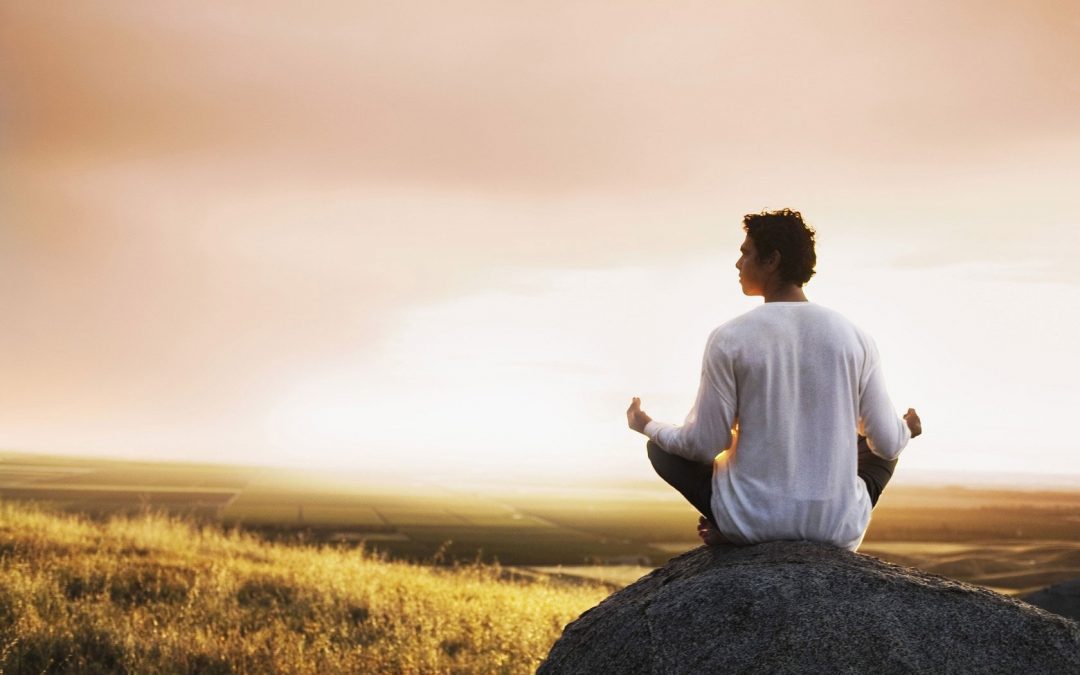Being Nobody, Going Nowhere is the name of a book by Ayya Khema about Meditation. I remember the look of genuine surprise and even shock of the woman behind the counter when I bought this book. “Being nobody, going nowhere, how bizarre”! she exclaimed. Interestingly she made this comment while ringing the till of a bookshop that specialises in philosphy, comparative religions and spirituality. Presumably she would have been familiar with many different notions of spiritual practice. But the title of this book seemed to rattle her.
Possibly this is because the concept of being nobody, going nowhere is a notion that rattles our assumptions about the solidity we feel about ourselves.
There is an increasing interest in Meditation practice in western countries and one sees more and more images claiming to illustrate it. Phone advertisements that show a person (usually a beautiful, slim, young woman) seated cross legged by the ocean. Retail nurseries with various statues of a buddha like image for the garden, or homewear outlets with reclining buddhas that one can purchase to place in the living room. It seems that admist the relentless busyness and increasing pace of our ever more technologically connected lives, we crave the little havens of peace and calm that these images seem to promise. But always it is the external image or the fantasy that we focus on.
Meditation itself is the name we give to a number of practices of focused attention. Based loosely around Buddhist and other eastern concepts it is a way of cultivating Mindfulness, or open-hearted, moment to moment, non-judgmental awareness (Kabat-Zinn, 2005). It is a practice that from the outside appears to have much mystery about it, but is in fact a way of nurturing, caring for and supporting our minds. Much like we care for our bodies by showering every day.
In coming posts I intend to explore both the many ways we can meditate and some of the good reasons why we might wish to cultivate this in our lives.


